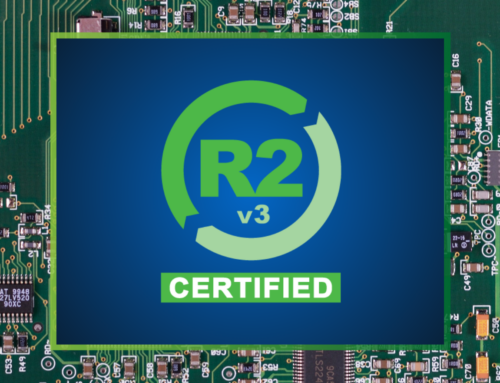Network security is among the hottest issues these days. And while you might be preoccupied with the news of today’s latest high-profile data breach or what your company needs to do to secure its network as it grows, many organizations seem to forget that the network devices and operating systems on which your company relies can be your greatest weakness—a growing security threat for every organization.
This is because every network device your company has usually comes with its own support license and service. It may even have necessary periodic firmware updates. This means big headaches for network managers trying to juggle renewals for all these licenses and contracts.
Simply put—we’re talking about neglecting to do the necessary updates and renewals that keep your company’s systems and its data safe.
Why not update?
So if security is such a hot topic, why is that even the best IT professionals can get sucked into skipping their updates and renewals? The answer is—human nature. Many of us subscribe to the mentality, “If it’s not broke, don’t fix it.”
This can be especially true for network administrators who fear introducing changes to a smooth-running infrastructure, particularly when there are bigger fish to fry in terms of the latest trending security risks.
Unfortunately, it’s this very mentality that may leave you open to problems. Securing your network and keeping your system up-to-date by staying on top of licensing and support isn’t just a winning defensive strategy; it actively protects your network and business, keeping it safe from older attacks, potential human error, and even natural disasters.
And the capper is this—for those of you who just renew without analyzing your current and future needs—you may be costing your company more for those subscriptions you are auto-renewing for out-of-date or devices you no longer use.
How to stay on top of licensing and support
To maintain service for all your Cisco equipment currently in use and make sure there are no gaps in coverage, you need to keep close tabs on your upcoming renewals and contracts. But this can be a challenge, as most companies have multiple contracts in place (many with 10 to 15 SMARTnet contracts in place at one time) that they must try to keep track of for various Cisco devices, monitoring their expiration dates, terms, and conditions.
And no one wants to be in the midst of troubleshooting a system down only to find out their service contract has lapsed. Not having a plan in place to track these agreements and renew their service risks downtime and other significant network issues.
By the same token, there are those who just continue to pay their support subscriptions with no device or contract reassessment (no checks for out-of-date or unused devices or current organization needs). Instead they just renew blindly, costing the company valuable resources.
If you’re looking to get your licensing and support renewal issues under control, check out these four tips:
- Schedule subscription evaluations at least 60 days before your subscriptions end. This will allow you to be proactive in your renewals, cross-checking equipment inventory with your current needs. By allowing yourself this extra time to think it through, instead of just reacting to a last-minute need for renewal, you can ensure uninterrupted service and possibly even end up saving your organization money in the long run by dropping contracts that are no longer needed.
- Be thorough and strategic in your assessments by considering your organization’s “Big Picture.” This means taking into account what your company’s network needs have been in the past, where they stand currently, and in what direction they may be moving in the future. Knowing this will allow you not only to pinpoint any past devices that may no longer be in effect, but it will also allow you to plan for any future changes that could affect your support contracts in the coming years.
- Request a device report from Cisco to help you hone in on any inactive devices you may still be paying support contracts on and to make sure that all system critical devices are currently covered.
- Get a little help from your friends. Maybe your organization is too short on resources or time to effectively handle your support contracts. Don’t feel your way in the dark—instead partner with the pros at Summit to help you manage your renewals.
If you’re a current Summit customer, take advantage of our free auto-reminder service that lets you know when your equipment support contracts need renewing.
If OEM support services are too pricy or inflexible for you, consider Summit’s Global Care support. Summit Global Care provides the same expert support services as OEM contracts but at a much lower cost.




